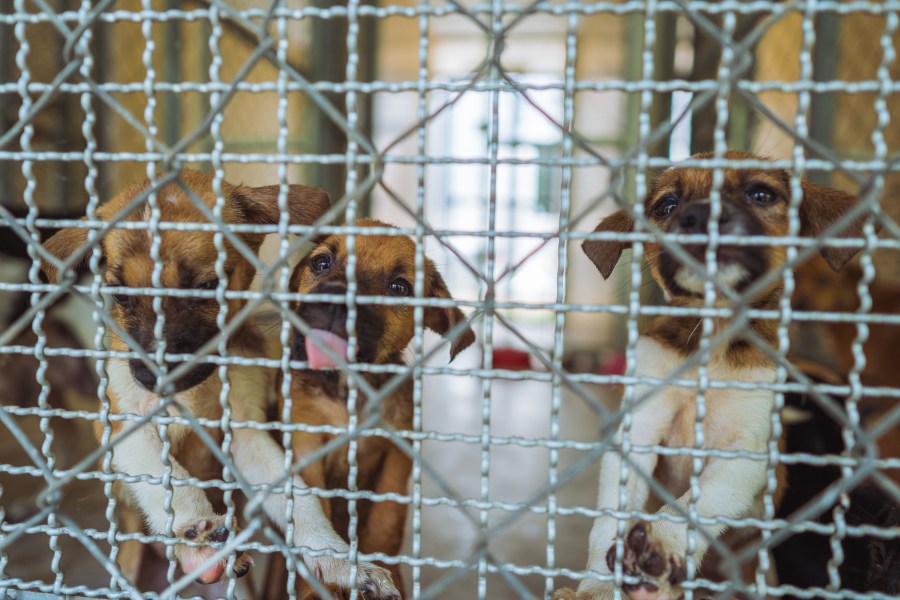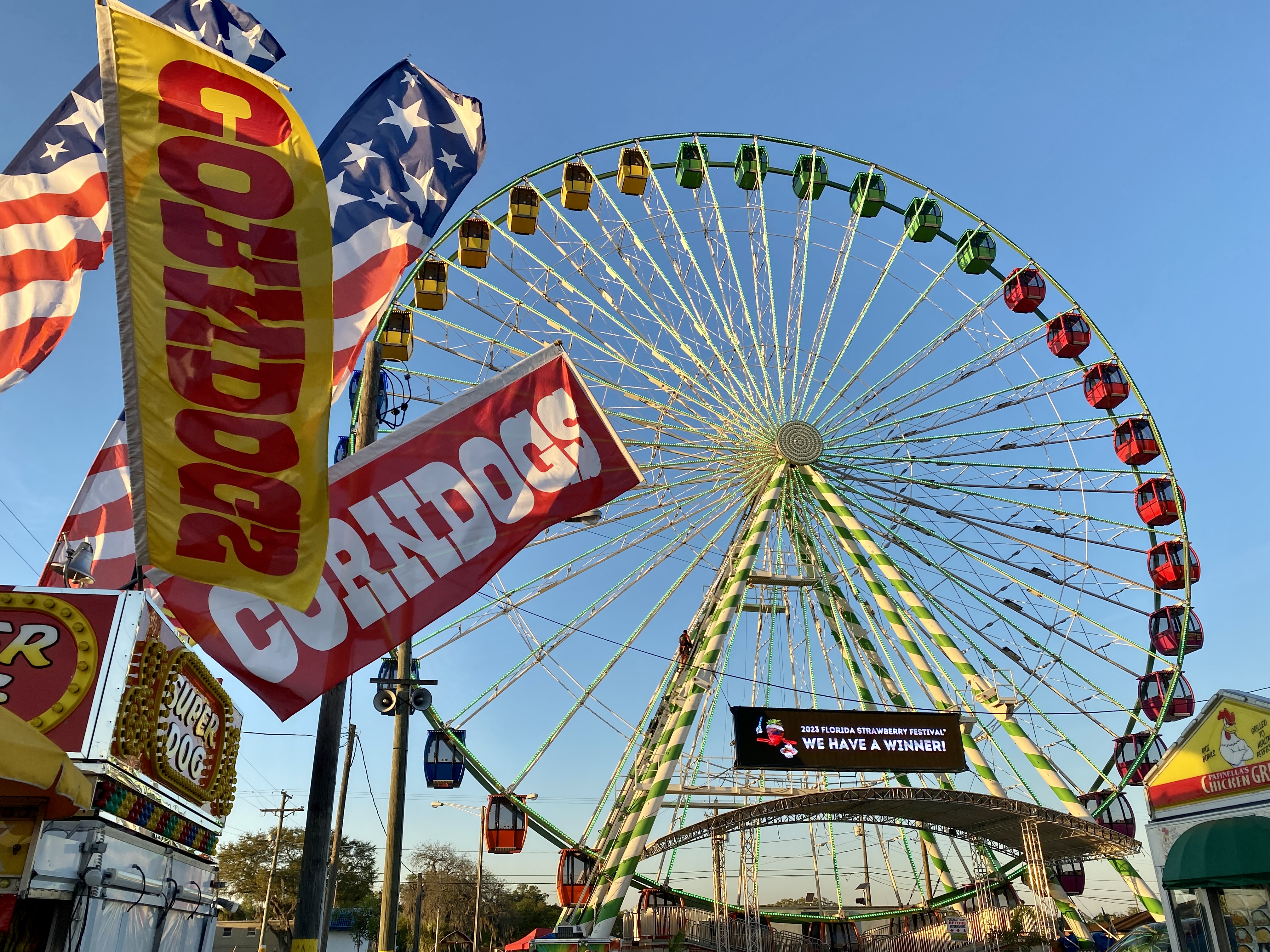Tampa (BLOOM) – Puppy mills are a dark reality that perpetuates animal cruelty and neglect. Recognizing and exposing these operations is crucial for protecting the well-being of innocent dogs. In this article, we will shed light on 7 key warning signs that can help you identify a puppy mill and take action against it.
Before diving into the warning signs of puppy mills, it’s important to highlight the valuable insights shared by Chrissy Joy, a renowned expert in the field of dog training and care. Chrissy is not just an ordinary trainer; she is a celebrity dog trainer, International Trick Dog Champion, live performer, studio canine trainer, and educator through demos and workshops with BFF Pet Services. Her extensive experience and expertise have made her a respected figure in the industry.
Chrissy’s passion for dogs and commitment to their well-being are evident in her various roles. She serves as the host of The Dog Moms on DOGTV, a platform dedicated to providing entertainment and educational content for dog owners. Her appearances on Jimmy Fallon and USA Today have further solidified her reputation as a trusted source of knowledge in the world of dog training.
As an advocate for responsible pet ownership, Chrissy emphasizes the importance of distinguishing between reputable breeders and adoption when considering bringing a dog into your family. She provides valuable insights into the processes and considerations involved in both breeding and adoption, shedding light on the different aspects that potential pet owners should be aware of.
With Chrissy’s background and expertise, her insights offer a unique perspective on the topic of puppy mills and responsible dog acquisition. Let’s now explore the warning signs she highlights, which can help us identify and take action against puppy mills.
Puppy mills are notorious for their unethical practices and disregard for the well-being of dogs. By recognizing the warning signs, we can protect ourselves and innocent animals from these cruel operations. Chrissy shares key indicators that can help us identify a puppy mill and make informed decisions when acquiring a dog.
- Breeding versus Adoption: Chrissy highlights the differences between breeding and adoption, emphasizing the importance of transparency and responsible practices in both. Breeders who prioritize the breed’s well-being will provide comprehensive information about the puppy’s health, behavioral characteristics, and lineage. Adoption centers and rescue groups work diligently to evaluate and place dogs in suitable homes, despite the limited knowledge of their background.
- Transparency in Living Conditions: Whether purchasing from a breeder or adopting, Chrissy stresses the importance of transparency in the living conditions and environment of the dogs. Cleanliness, proper ventilation, access to water, and a healthy appearance are all indicators of a reputable establishment.
- Meeting the Dog: While adoption may limit the ability to meet the parents, Chrissy highlights the importance of meeting the dog itself. Evaluators and fosters should be transparent about the dog’s strengths and weaknesses, helping potential owners make informed decisions about the dog’s compatibility with their family and lifestyle. Similarly, responsible breeders should allow prospective owners to meet the parents and ensure that the puppy’s personality and energy align with the family’s needs.
- Vet Examination and Proper Documentation: Both adoption centers and breeders should provide evidence of a veterinary examination and ensure the puppies’ good health. Proof of vaccines and accurate health records are crucial. As Chrissy advises, researching the vet involved can provide further insight into the dog’s health.

Overcrowded and Unsanitary Conditions
One of the most telling signs of a puppy mill is the presence of overcrowded and unsanitary conditions. These mills prioritize profit over the welfare of the animals they breed. When you visit a breeding facility, pay attention to cramped cages, filthy living spaces, and strong odors. Dogs stacked in cages or living in squalid conditions are clear indicators of a puppy mill.
Lack of Medical Care and Socialization
Puppy mills often neglect the health and well-being of their dogs. They prioritize quantity over quality, resulting in a lack of proper medical care and limited socialization opportunities for the puppies. If you notice puppies with untreated illnesses, missing vaccinations, or a general lack of interaction with humans or other dogs, it’s a strong indication that you’re dealing with a puppy mill.
Breeding without Genetic Testing or Health Certifications
Responsible breeding practices include genetic testing and obtaining health certifications for breeding dogs. Puppy mills, however, disregard these essential measures. They breed without considering potential genetic issues, leading to puppies with health problems. Lack of health certifications for the parent dogs is a significant red flag when identifying a puppy mill.
Selling Through Third Parties or Online Platforms
Puppy mills often rely on third parties or online platforms to sell their puppies, distancing themselves from direct contact with buyers. This lack of transparency is a warning sign. If you encounter sellers who refuse to provide information about the breeding facility, avoid allowing visits, or fail to disclose the true origins of the puppies, exercise caution. Responsible breeders and reputable adoption agencies encourage direct interaction and provide complete information.
Lack of Proper Documentation and Paperwork
Proper documentation and paperwork are essential when purchasing a puppy. Puppy mills often provide incomplete or falsified paperwork, making it challenging to track the puppy’s lineage, health records, or ensure transparency. Missing health records, incomplete vaccination histories, and vague information about the puppy’s parents are all indicators of a potential puppy mill.
Unwillingness to Allow Facility Visits
Visiting the breeding facility is a crucial step in ensuring the legitimacy and ethical practices of a breeder. Puppy mills, however, often discourage or refuse facility visits. They try to conceal the harsh reality of their operations. Legitimate breeders and responsible facilities welcome visits, as they take pride in their well-maintained and nurturing environments.
Excessive Breeding and Multiple Available Breeds
Quantity over quality is a common mantra for puppy mills. They prioritize excessive breeding and offer a wide range of breeds without considering the health and well-being of the animals. If you encounter a breeder with a surplus of puppies from various breeds available at all times, it’s a strong indication of a puppy mill.
Recognizing the warning signs of a puppy mill is essential in the fight against animal cruelty and the protection of innocent lives. Overcrowded and unsanitary conditions, lack of medical care and socialization, breeding without genetic testing or health certifications, selling through third parties or online platforms, lack of proper documentation, unwillingness to allow facility visits, and excessive breeding with multiple available breeds are all key indicators of a puppy mill.
By staying informed and vigilant, we can take action against puppy mills, report any suspicious activities to the appropriate authorities, and support responsible breeders or adoption agencies. Let’s work together to ensure the well-being and happiness of our beloved four-legged friends.







